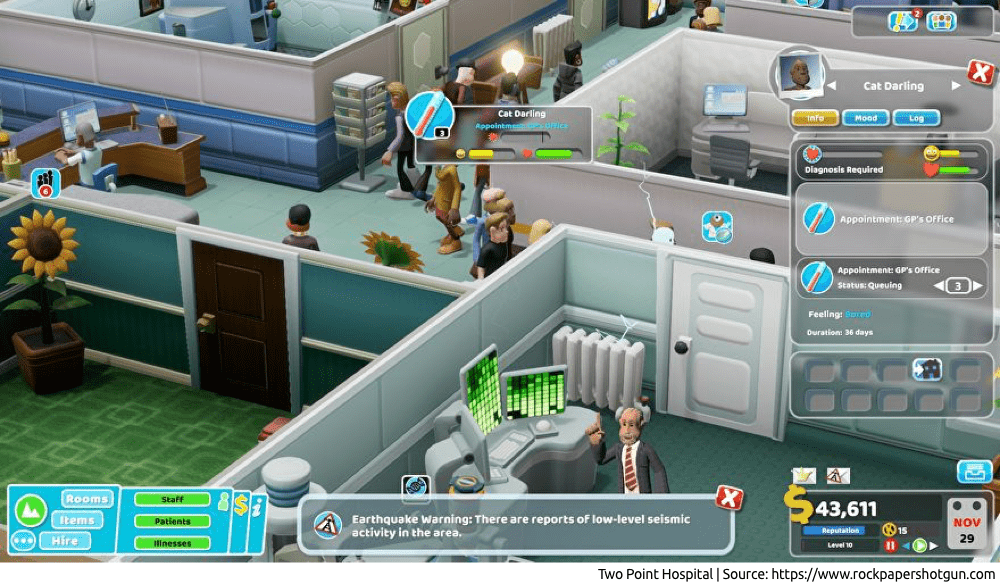You have to teach players your mechanics and controls but how do you do that without it being tedious or breaking the 4th wall? We’ve collected a few dos and don’ts for tutorial design we’d like to share.
What are tutorials in gaming?
Tutorials are the means by which a game teaches a new player about the controls and mechanics of the game. This can be a separate level, or integrated into the main game itself. While they’re usually located at the start, as extra mechanics are introduced later into a game, tutorials can reappear.
Where tutorials get tricky is that teaching a player how to play your game brings their awareness to the fact they’re playing a game, which can hurt immersion. Since the tutorial is often the first part of the game someone plays, finding creative ways to bring your player up to speed can make or break your game design.
When tutorials fall short
There’s quite a lot to get wrong when creating your tutorial:
Being condescending – obviously it’s hard to gauge how skilled a player will be starting your game, and depending on your intended audience you may want to cater to a wide range of experience/age across your playerbase. Still, it’s important you give some credit to your player and don’t try too hard to spoon feed them or drill information into them to the point they’re bored.
Bad pacing – similar to being condescending, while you need to allow your player a certain amount of room to learn and test out controls and mechanics, an excessive tutorial can be a drag, particularly if it’s front-loaded.
Breaking the fourth wall – as mentioned above, it’s very difficult to provide a tutorial that doesn’t break the immersiveness of your game. Whether you choose to draw attention to tutorials (for fun, as part of your game’s design), you try to blend tutorials into the game, or bite the bullet and accept a loss of immersion, it helps to be aware of the impact.
Not making it fun – just because it’s a practical necessity and involves learning, doesn’t mean it needs to feel like a classroom. Finding ways to make tutorials fun and engaging can turn a possible negative into one of your game’s strengths.
Done as an afterthought – leaving tutorial design until the end, restricting resources etc. will guarantee your tutorial is going to be underwhelming, tedious, or unhelpful. Plan well in advance and make sure you give your tutorial dedicated design input to avoid the first part of your game being the least enjoyable.
How to do better
On the flip side, there’s also a few ways to bring your tutorial in line with the rest of your game design:
Show don’t tell – to minimise 4th-wall-breakage, it can help to build tutorials into your game design in a way that’s less obvious. Rather than having big popups or indicators, it can be better to simply use the environment to give clues to what a player needs to do.
Be creative – don’t jump straight to conventional tutorial design. Think about what you want your player to learn as they play, and how you can impart that to them in a way that’s entertaining, immersive, and intuitive.
Introduce agency – let them hold the spoon instead of spoon-feeding. Rather than tell your player exactly what to do, give them a chance to experiment. Provide tools, explanations, and challenges and let them figure it out. They will learn better and it will be a more satisfying game experience.
Provide options – instead of giving them the exact right tool when they need to use it. Give them a range of tools and challenges, and let them choose how they approach their tutorial experience. Also, make sure tutorials are optional for second time players, or first time players who want to discover it all for themselves.
Sources
https://www.ft.com/content/0c43d29f-5b78-478d-8115-beb4df834b72
https://www.rockpapershotgun.com/the-best-tutorials-in-pc-games
